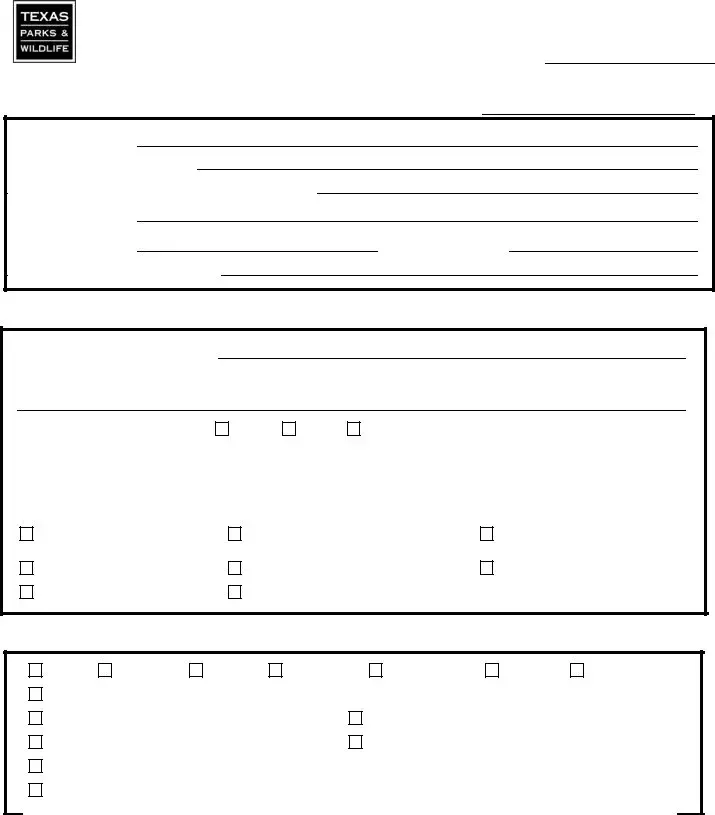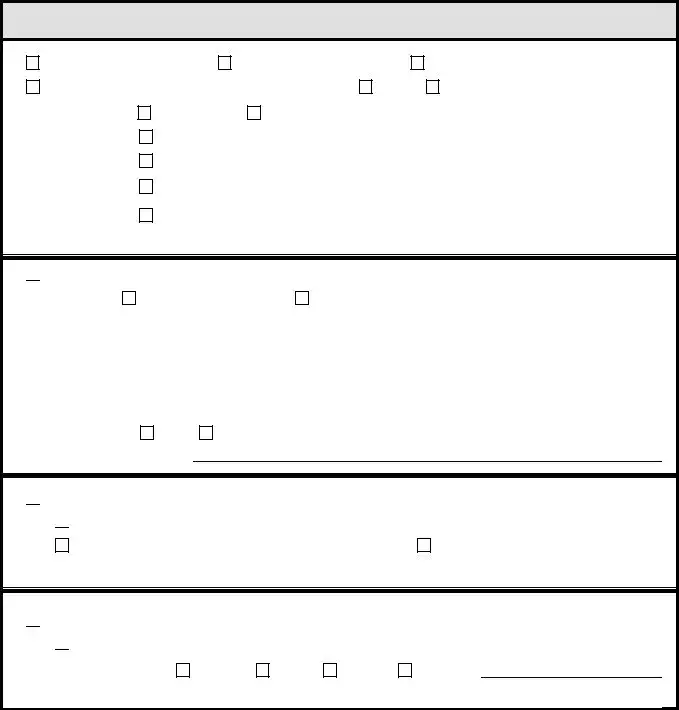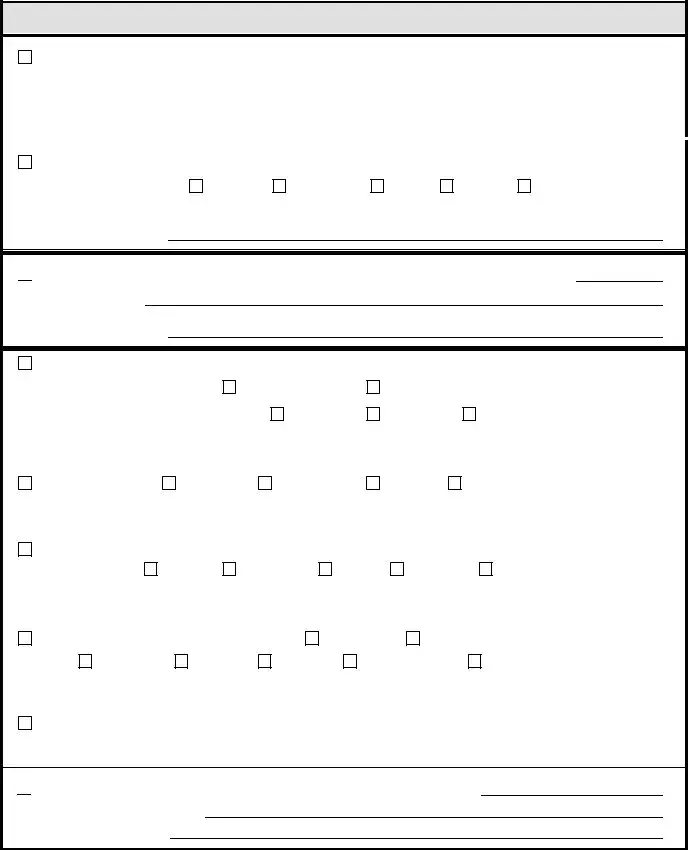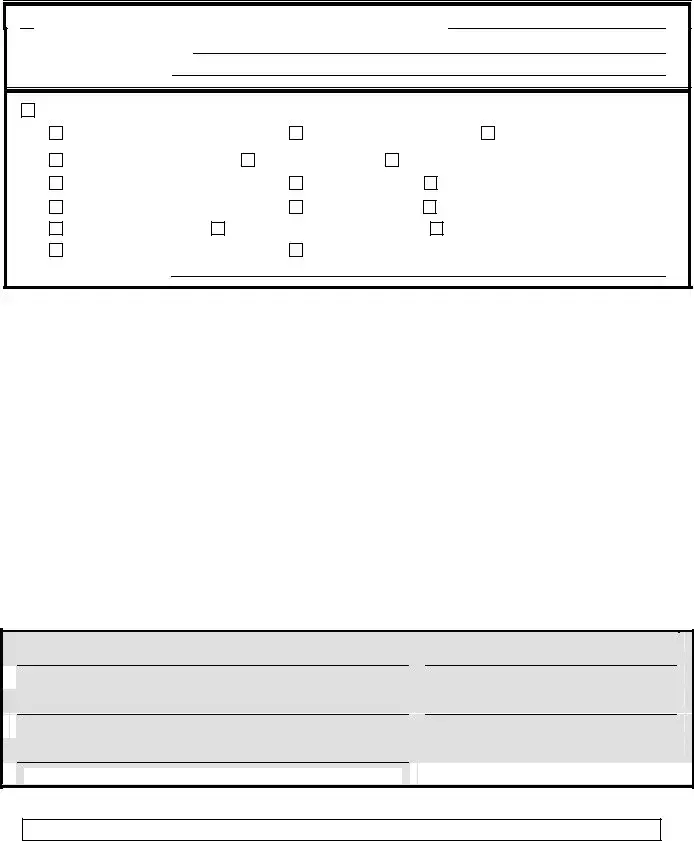What is the PWD 885 W7000 form used for?
The PWD 885 W7000 form is a critical document for landowners in Texas who wish to participate in wildlife management and agricultural valuation. This form allows property owners to outline their wildlife management plans, which can help in qualifying for tax reductions through open space agricultural valuation. It details management goals, activities, and the species targeted, ensuring that land is utilized in a manner that benefits local wildlife and ecosystems.
Who needs to submit the PWD 885 W7000 form?
This form must be submitted by landowners who wish to implement a wildlife management plan on their property. Whether you own a large ranch or a smaller plot of land, if your goal is to manage wildlife and receive potential tax benefits, submitting this form is essential. Remember, it should be submitted to your County Chief Appraiser and not directly to the Texas Parks and Wildlife Department.
What information is required on the PWD 885 W7000 form?
The form requires detailed information about the property, including the owner's information, legal description, location, acreage, and ecoregion. Landowners must also list habitat types, targeted species for management, goals and objectives of their management plan, and specific wildlife management activities they plan to undertake. Engaging fully with these sections assists in creating an effective wildlife management strategy tailored to the property.
How many wildlife management practices must be checked off on the form?
At least three wildlife management practices need to be selected on the form to demonstrate a commitment to managing and improving wildlife habitats on the property. This can include practices such as habitat control, erosion control, and providing supplemental water and food. Implementing diverse practices enhances the effectiveness of the management plan and showcases the owner’s dedication to conservation efforts.
Is hunting a part of the wildlife management plan?
If hunting is intended to be part of the management strategy, this must be indicated on the form. The landowner should specify the type of hunting (lease hunting, family only, or both) and provide details about past deer harvests over the last three seasons. This information is critical for understanding population management goals and ensuring sustainable hunting practices.
What happens after submitting the PWD 885 W7000 form?
After submission, the County Chief Appraiser will review the wildlife management plan to determine eligibility for open space agricultural valuation. Landowners may be contacted for additional information or clarification regarding their proposed management practices. It’s important to maintain communication with the appraiser to ensure all aspects of your plan align with state regulations and requirements for tax reductions.
Where can I find help in filling out the PWD 885 W7000 form?
Numerous resources are available for landowners needing assistance with the PWD 885 W7000 form. Texas Parks and Wildlife Department offers guidelines and advice on wildlife management. Additionally, consulting with local wildlife management associations can provide valuable insight and support in developing a comprehensive management plan that meets the state's criteria.





 replace sections of
replace sections of 
 replace entire
replace entire 

 Method of restoration:
Method of restoration:

 Pond construction and repair
Pond construction and repair 


 Feeders and mineral supplementation
Feeders and mineral supplementation
 Managing tame pasture, old fields and croplands
Managing tame pasture, old fields and croplands
 Overseeding cool and/or warm season legumes and/or small grains
Overseeding cool and/or warm season legumes and/or small grains
 Transition management of tame grass monocultures
Transition management of tame grass monocultures
 Overseed 25% of tame grass pastures with locally adapted legumes
Overseed 25% of tame grass pastures with locally adapted legumes




 Census of endangered, threatened, or protected wildlife.
Census of endangered, threatened, or protected wildlife. 

 Census and monitoring of nongame wildlife species.
Census and monitoring of nongame wildlife species.  Signature of person preparing wildlife management plan.
Signature of person preparing wildlife management plan. Company
Company *Signature by TPWD not required for this plan to be valid.
*Signature by TPWD not required for this plan to be valid. 

